History
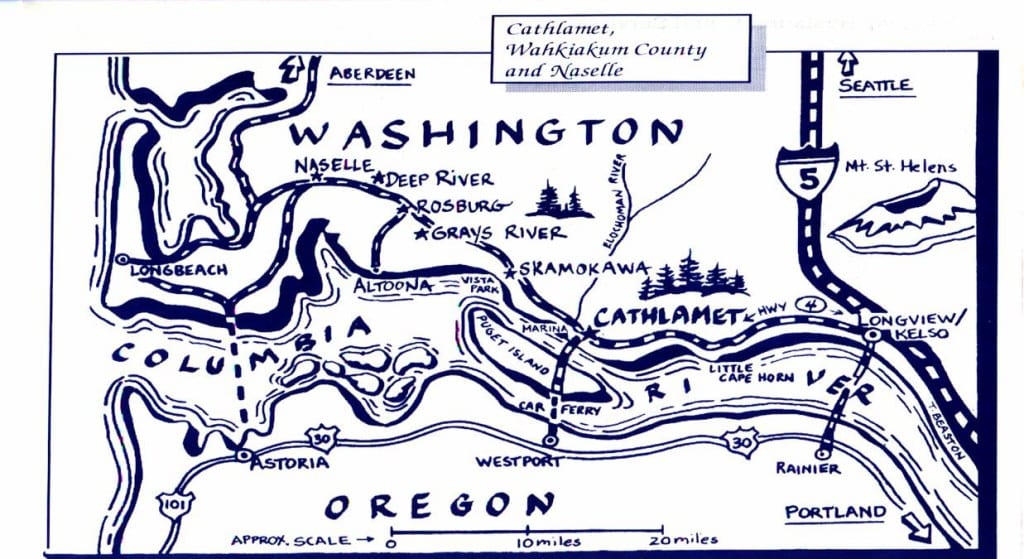
WAHKIAKUM COUNTY (wuh-KI-uh-kuhm),
The 37th largest county in Washington, was created by the territorial legislature in 1854. The name comes from a Kathlamet Indian village located on the north bank of the Columbia River near the present town of Cathlamet. Chief Wakaiyakam, whose name the village took, is buried in Pioneer Cemetery in Cathlamet. Wahkiakum means “tall timber” in Chinook.
Lewis and Clark
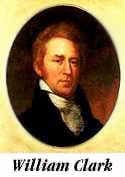 Overview
Overview
In 1803, when was President of the United States, the U.S. purchased the Louisiana Territory from France. This was a huge tract of over 800,000 square miles, taking in nearly the entire mid-section of North America from present-day Texas and Louisiana up to Montana and North Dakota. This almost doubled the size of the new country.
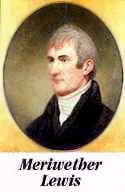 Much of the new territory was unexplored. Jefferson decided to send an expedition up the Missouri River to its source in the western mountains and beyond to the Pacific Ocean. Jefferson hoped that the expedition would be able to find the elusive Northwest Passage, a water route across the country, which would be a great boon to commerce.
Much of the new territory was unexplored. Jefferson decided to send an expedition up the Missouri River to its source in the western mountains and beyond to the Pacific Ocean. Jefferson hoped that the expedition would be able to find the elusive Northwest Passage, a water route across the country, which would be a great boon to commerce.
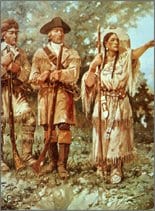 In May, 1804, Meriwether Lewis and William Clark set out on an amazing expedition across the Louisiana Territory. These true American heroes faced unknown people, harsh conditions and unexplored lands to secure a place in history as two of the world’s greatest explorers. One of the most famous expedition’s stops along the way was in Wahkiakum County. This is where they saw the Ocean for the first time and the quote ” Great joy in camp we are in viuew of the Ocian”
In May, 1804, Meriwether Lewis and William Clark set out on an amazing expedition across the Louisiana Territory. These true American heroes faced unknown people, harsh conditions and unexplored lands to secure a place in history as two of the world’s greatest explorers. One of the most famous expedition’s stops along the way was in Wahkiakum County. This is where they saw the Ocean for the first time and the quote ” Great joy in camp we are in viuew of the Ocian”
The Journals
These are notes from the Lewis and Clark Journals that apply to our County We have 8 Historical sites for visitors to learn more about their stops and experiences in our county.
“The[y] press the female childrens heads between 2 bords when young until they form the skul as they wish it which is generally verry flat. This amongst those people is considered as a great mark of buty, and is practised in all the tribes we have passed on this river more or less. Men take more of the drugery off the women than is common with Indians.”
“Rained all the after part of last night, rain continues this morning, I [s]lept but verry little last night for the noise Kept [up] dureing the whole of the night by the Swans, Geese, white & Grey Brant Ducks &c. … they were emensely noumerous, and their noise horid.
This is certainly a fertill and a handsom valley, at this time crouded with Indians. … we are all wet cold and disagreeable … This is the first night which we have been entirely clear of Indians since our arrival on the waters of the Columbia River.”
“Sold us … three dogs …
… Speake a language different from the nativs above with whome they trade for the Wapato roots of which they make great use of as food. their houses differently built, … Strans of bark … hang … from the waist, the whole being of Suff[i]cent thickness when the female Stands erect to conceal those parts useally covered from familiar view, but when she stoops or places herself in any other attitude this batter of Venus is not altogether impervious to the penetrating eye of the amorite.
… here we purchased a Dog … Two Indians accompanied us from the last village, they we detected in Stealing a knife and returned, the river being too wide to See either the form Shape or Size of the Islands on the Lard Side.
Great joy in camp we are in viuew of the Ocian, this great Pacific Octean which we been so long anxious to See. and the roreing or noise made by the waves brakeing on the rockey Shores (as I suppose) may be heard disti[n]ctly”
 Did You Know?
Did You Know?
LST (Landing Ship Tank). LST’s are named after county’s and are used for amphibious assault. The bow opens up like a big cargo plane to discharge cargo, jeeps, trucks, smaller combat vehicles and troops directly onto a beach head. The ship has a flat bottom to get in close to the shore, her speed is about 14 knots, which makes a good target for submarines. She has enough troop space for 395. General Characteristics – Length 384 feet, beam 55 feet, draft 17 feet, and when fully loaded her displacement was 5,800 tons.
- Length 384 ft (117 m)
- Beam 55 ft (17 m)
- Draft 17 ft (5.2 m)
She carried light armor, and was usually part of an amphibious assault group protected by destroyers, and other combatants along with the air arm of a carrier. Her main job get Marines, Army units and supplies ashore.
- Wahkiakum County (LST-1162) was laid down as LST-1162 on 21 July 1952 at Pascagoula, Miss., by the Ingalls Shipbuilding Corp.
- launched on 23 January 1953
- sponsored by Mrs. Wilbur G. Dees
- and commissioned on 13 August 1953
- Lt. Comdr. I. W. Mathews in command
- Decommissioned at the Inactive Ship Facility, Orange, Texas, on 16 October 1970 and sold for scrapping on 22 June 2005
 DID YOU KNOW:
DID YOU KNOW:
Long Haul
The expedition traveled over 8000 total miles over a period of 2 years, 4 months and 10 days.
Good Guess
When the expedition reached the Pacific, Clark estimates they have traveled 4,162 miles from the mouth of the Missouri to the Pacific. His guess was within 40 miles of the actual distance.
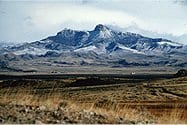 What a Deal
What a Deal
Thomas Jefferson purchased the Louisiana Territory, 820,000 square miles, for $15 million. After interest the final total came to be $27,267,622. That still works out to be only about 3¢ an acre!
An Equal Opportunity Expedition
When the expedition reached the Pacific the party voted on where to spend the winter. York, Clark’s slave, is allowed to vote, nearly 60 years before slaves in the U.S. would be emancipated. Sacagawea is also allowed to vote, more than a century before either women or Native Americans are granted full rights of citizenship.
Oops
While hunting in present day North Dakota, Lewis was accidentally shot (in the behind) by Pierre Cruzatte, a nearsighted member of the crew.
Good Boy
Before the expedition began Lewis purchased a Newfoundland dog, Seaman, for $20. Although not mentioned very often in their journals, it is believed that Seaman made the entire journey.
What’s for Dinner?
When game was plentiful, each man ate about 9 pounds of meat per day.
For more, visit www.lewis-clark.org
To follow the Lewis and Clark trail, click here to learn more.
For information about Wahkiakum Historical Society Museum
Special Thanks
For the materials and resources referenced here, we are grateful to the following:
Journal excerpts are from The Journals of the Lewis and Clark Expedition, edited by Gary E. Moulton. 13 vols. (Lincoln: University of Nebraska Press, 1983–2001)

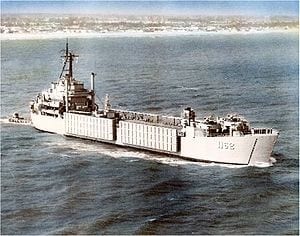 Did You Know?
Did You Know?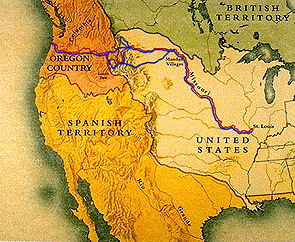 DID YOU KNOW:
DID YOU KNOW: